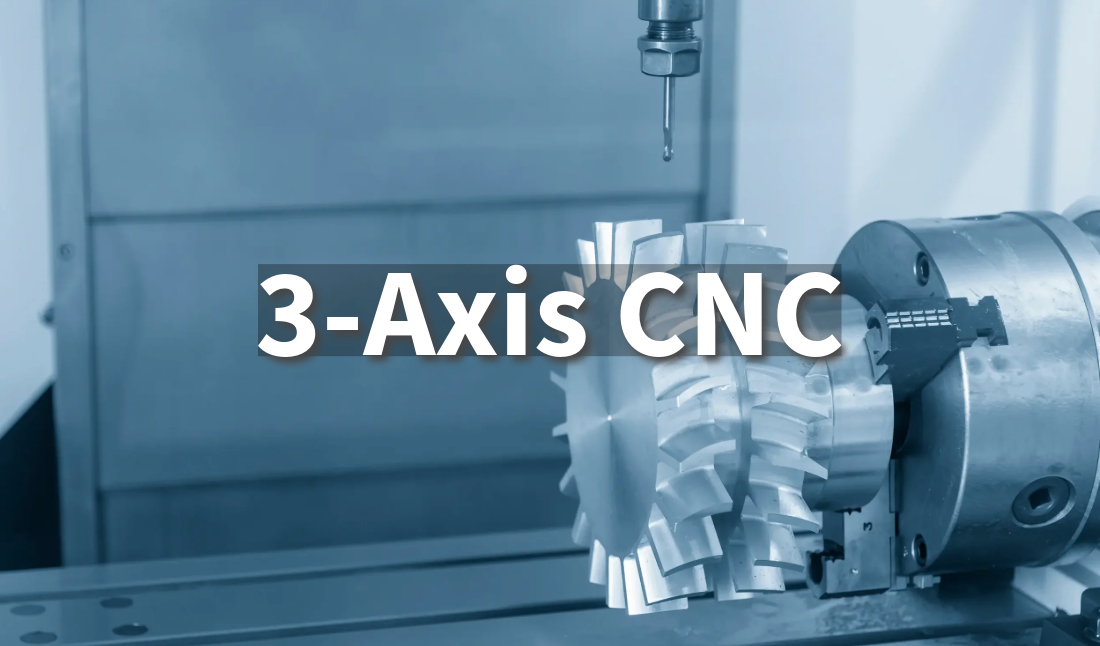Mastering 3-Axis CNC: A Complete Guide

This guide breaks down everything about 3-axis CNC machines, including milling and routing options, applications, and their advantages in precision machining.
Introduction to 3-Axis CNC Machines
3-axis CNC machines are computer-controlled tools used to shape and cut materials like metal, wood, or plastic. They move in three directions: left and right (X-axis), forward and backward (Y-axis), and up and down (Z-axis). This allows for precise cutting and shaping from different angles.
These machines are important in many industries because they make parts accurately and quickly. They are used to create car parts, electronics, and medical components. A 3-axis CNC machine can make complex shapes faster and more precisely than by hand, making it essential for modern manufacturing.
What is a 3-Axis CNC Machine?
Source: instructables.com
A 3-axis CNC machine is a type of milling machine that moves in three directions: X, Y, and Z. This makes it good for creating flat surfaces, slots, and holes. Compared to 4-axis and 5-axis machines, 3-axis machines are simpler and more common. While 4-axis and 5-axis machines can create more complex shapes, 3-axis machines are preferred for less complex but precise projects.
Applications of 3-Axis CNC Machines
3-axis CNC machines are versatile and precise, making them useful in manufacturing, prototyping, and design. They create parts for cars, electronics, and other products that need exact measurements. They are also used to make models and artistic designs like sculptures. These machines work with materials such as metals, plastics, wood, and composites. They are effective for simpler tasks that need speed, accuracy, and cost-efficiency.
3-Axis CNC Mill
Source: nxcnc.com
A 3-axis CNC mill is used for milling, which involves removing material with rotating tools to create flat surfaces, slots, and shapes. It is cost-effective for tasks like drilling and slotting but has limitations for creating complex shapes that need access from multiple angles. For such tasks, more advanced machines are needed.
3-Axis CNC Router
Source: stylecnc.com
A 3-axis CNC router is used for cutting softer materials like wood, plastic, and foam. It can create detailed shapes quickly and precisely. These routers are popular in woodworking, sign making, and furniture manufacturing. However, they have limitations for intricate shapes that require more advanced movement.
Pros and Cons of 3-Axis CNC Machines
Advantages:
Precision: High accuracy for detailed work.
Cost-Effectiveness: Less expensive than more complex machines.
Simplicity: Easy to use for basic machining tasks.
Disadvantages:
Limited Complexity: Cannot handle very complex shapes needing movement beyond three axes.
Choosing Between a 3-Axis CNC Mill and Router
Material: For harder materials like metals, use a CNC mill. For softer materials like wood or plastic, a CNC router is better.
Project Complexity: For metal parts and drilling, use a CNC mill. For intricate designs in softer materials, use a CNC router.
Budget: CNC routers are generally less expensive and better for softer materials.
Comparison of Capabilities
3-Axis CNC Mill: High precision for harder materials but not ideal for large sheets.
3-Axis CNC Router: Better for larger sheets of softer materials but less precise for metalworking.
Conclusion
3-axis CNC machines are versatile tools that produce precise parts. Choosing between a mill and a router depends on the material, project complexity, and budget. Mills are better for harder materials and tight tolerances, while routers are more cost-effective for softer materials and simpler designs.
Discover Unionfab's 3-Axis CNC Solutions
Ready to take your manufacturing projects to the next level? Unionfab’s 3-axis CNC machines deliver precision and efficiency for milling, routing, and more. Explore our range of CNC services and start creating with confidence.
Contact Unionfab today to get started!

